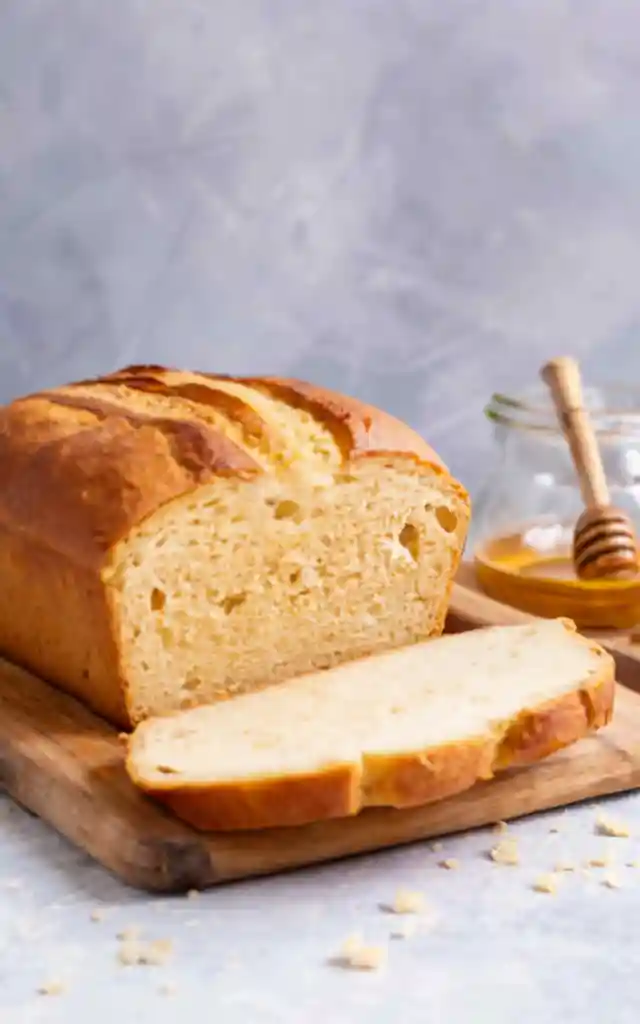Honey bread recipe, a delightful and aromatic staple in many kitchens, combines the sweetness of honey with the comforting texture of freshly baked bread. This introduction explores the allure of honey bread, touching on its history, health benefits, and why it remains a favorite among bakers and food enthusiasts alike.
- Popularity of Honey Bread: The unique flavor profile of honey bread has cemented its place in culinary traditions worldwide. Its versatility allows it to be enjoyed in various forms, from simple breakfast toast to elaborate sandwiches.
- Brief History and Origins: Tracing back to ancient civilizations, honey has been a cherished ingredient. When combined with bread, it creates a timeless recipe that has evolved but always retained its core essence—simplicity and sweetness.
- Health Benefits of Honey in Baking:
- Natural Sweetener: Honey, a healthier alternative to refined sugars, adds not just sweetness but also moisture, contributing to the bread’s soft texture.
- Antioxidants: Rich in antioxidants, honey offers nutritional benefits that contribute to overall health.
- Energy Source: Known for its natural sugars, honey provides a quick energy boost, making honey bread an excellent snack for active individuals.
Incorporating the honey bread recipe into your baking repertoire not only invites the sweet, comforting aromas of honey into your kitchen but also offers a nod to the rich history of using honey as a cherished ingredient. Moreover, understanding the health benefits of whole grains can enhance your appreciation for the nutritious aspects of baking with honey. Whether you’re a seasoned baker or new to the kitchen, the journey of creating honey bread promises a rewarding and delicious experience.
By understanding the popularity, history, and health benefits of honey bread, we can appreciate this delightful treat’s place in both our culinary heritage and our modern-day diets. Stay tuned as we delve deeper into the essential ingredients that make the honey bread recipe not just a dish but an experience to savor.
Essential Ingredients for Honey Bread
Crafting the perfect honey bread recipe requires careful selection of the right ingredients. Each component plays a pivotal role in creating the bread’s texture, flavor, and aroma. Let’s explore the essential ingredients that elevate this simple recipe into something extraordinary.
Flour: The Foundation
- Types of Flour: The first step involves choosing the right flour. While bakers commonly use all-purpose flour, adding whole wheat flour can introduce a nutty flavor and richer texture.
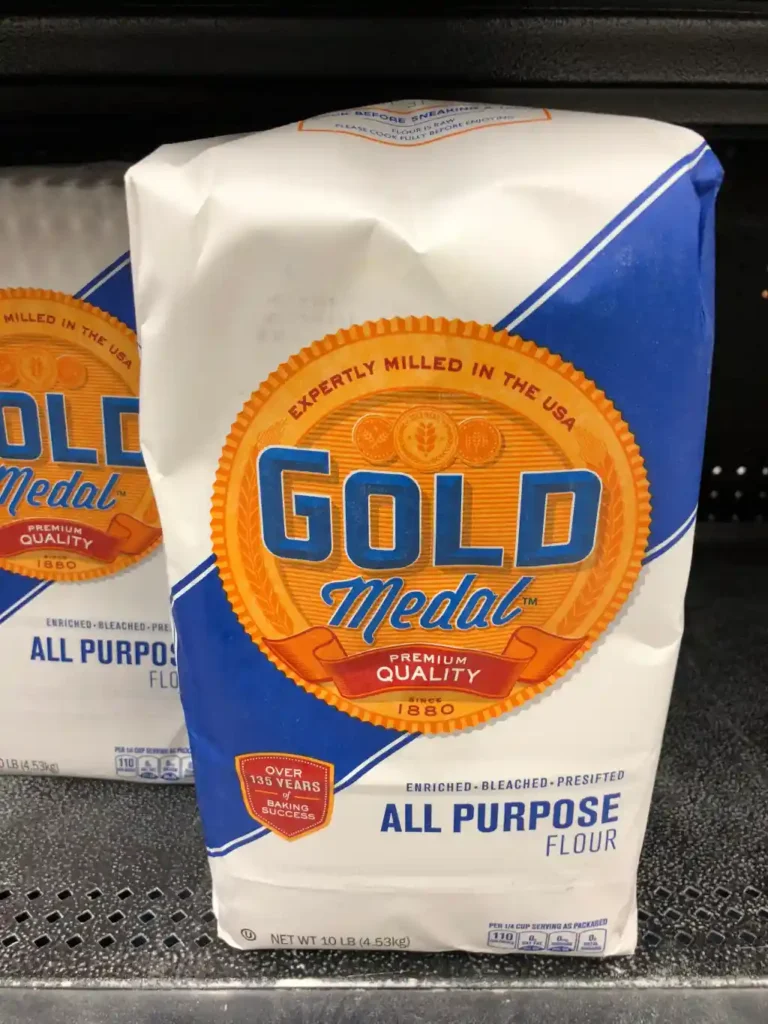
- Effects on Texture: The flour type determines the bread’s crumb and chewiness. A mix of all-purpose and whole wheat flour works best for a lighter texture.
Advertisement
Honey: The Sweet Star
- Varieties and Flavor Profiles: The honey type significantly influences the bread’s taste. Exploring different honey varieties can transform the bread, from the robust flavors of buckwheat honey to the delicate sweetness of clover honey.
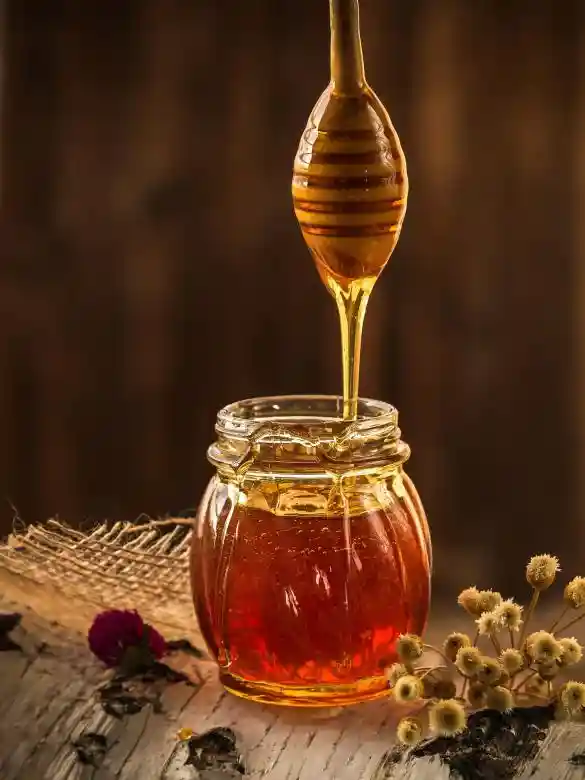
- Natural Sweetener and Moisture Enhancer: Besides sweetening the bread, honey attracts moisture, keeping the loaf soft and fresh longer.
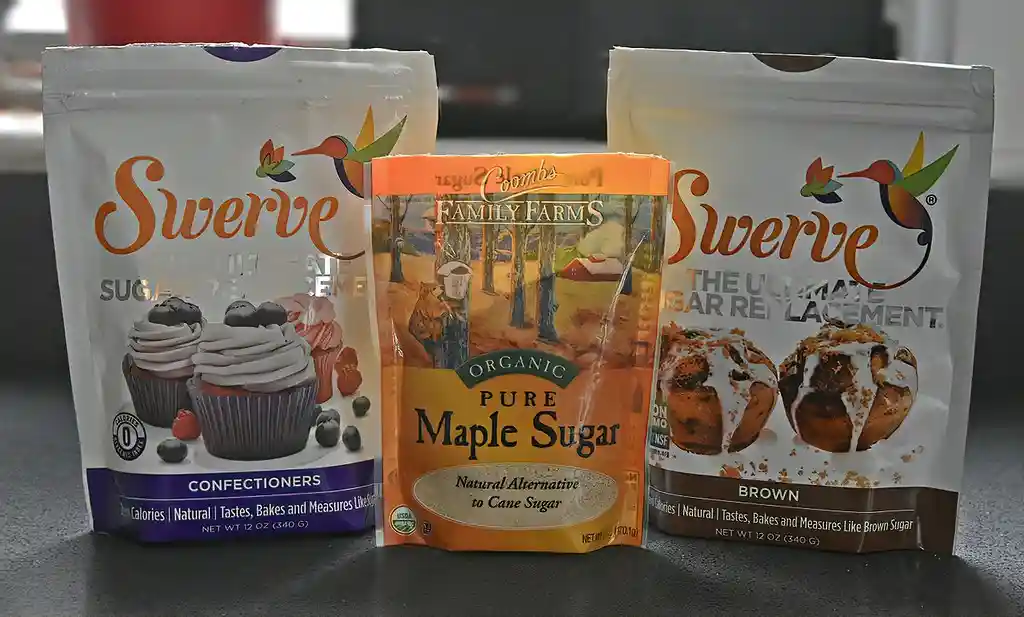
Yeast: The Riser
- Active Dry vs. Instant: Yeast is crucial for making the bread rise. You need to activate active dry yeast in warm water, but you can mix instant yeast directly with dry ingredients.
- Role in the Honey Bread Recipe: Yeast not only helps the bread rise but also enriches its flavor and texture.
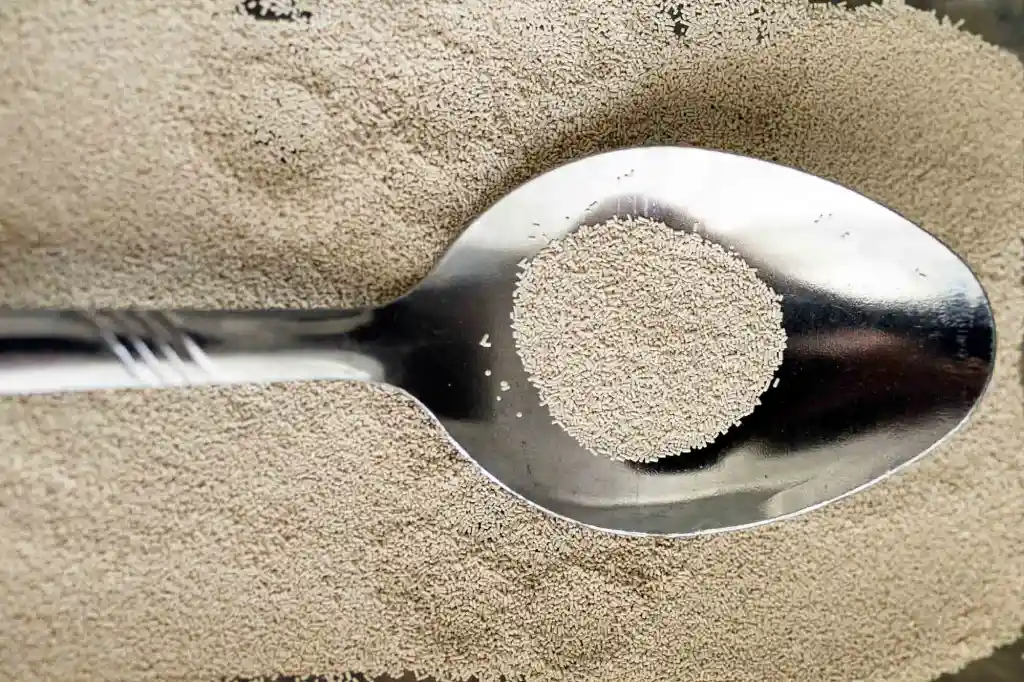
Additional Key Ingredients
- Salt: It enhances flavor and regulates yeast activity.
- Water: It hydrates the dough, allowing gluten to form.
- Butter: It adds richness and tenderizes the bread.
- Optional Add-ins: Introducing nuts, dried fruits, or seeds can add texture and flavor variations.
Carefully incorporating these ingredients is crucial for the success of your honey bread recipe. Each ingredient brings its unique qualities to the table, creating a loaf that’s both nourishing and a delight to eat. Whether you’re baking for a special occasion or simply enjoying the process of making homemade bread, the journey from mixing bowl to oven promises something wonderful.
Step-by-Step Honey Bread Recipe
Mastering the honey bread recipe involves a series of steps that transform simple ingredients into a fragrant, golden loaf. This section guides you through each phase, ensuring your baking experience is both enjoyable and successful.
Preparing the Yeast Mixture
- Activate the Yeast: Begin by dissolving a tablespoon of sugar in warm water. Sprinkle the active dry yeast over the surface. Wait for 5 to 10 minutes until the mixture becomes frothy, signaling that the yeast is alive and ready.
- Temperature Matters: Ensure the water is at the ideal temperature (between 105°F and 115°F) to activate the yeast without killing it.
Advertisement
Mixing the Dry Ingredients
- Combine Flour and Additives: In a large mixing bowl, whisk together the flour, a pinch of salt, and any other dry ingredients your recipe calls for. Consistency in this step lays the groundwork for a well-structured dough.
Combining Wet and Dry Ingredients
- Create the Dough: Make a well in the center of your dry ingredients. Pour in the activated yeast mixture, melted butter, and honey. Mix until a sticky dough forms, indicating that the wet and dry components have fully integrated.
Kneading the Dough
- Develop Gluten: Transfer the dough to a floured surface. Knead for about 10 minutes, or until the dough is elastic and smooth. This process develops the gluten, which gives the bread its structure and chewiness.
- Let the Dough Rest: Place the dough in a greased bowl, covering it with a damp cloth. Allow it to rise in a warm, draft-free area until it doubles in size, about 1 to 2 hours.
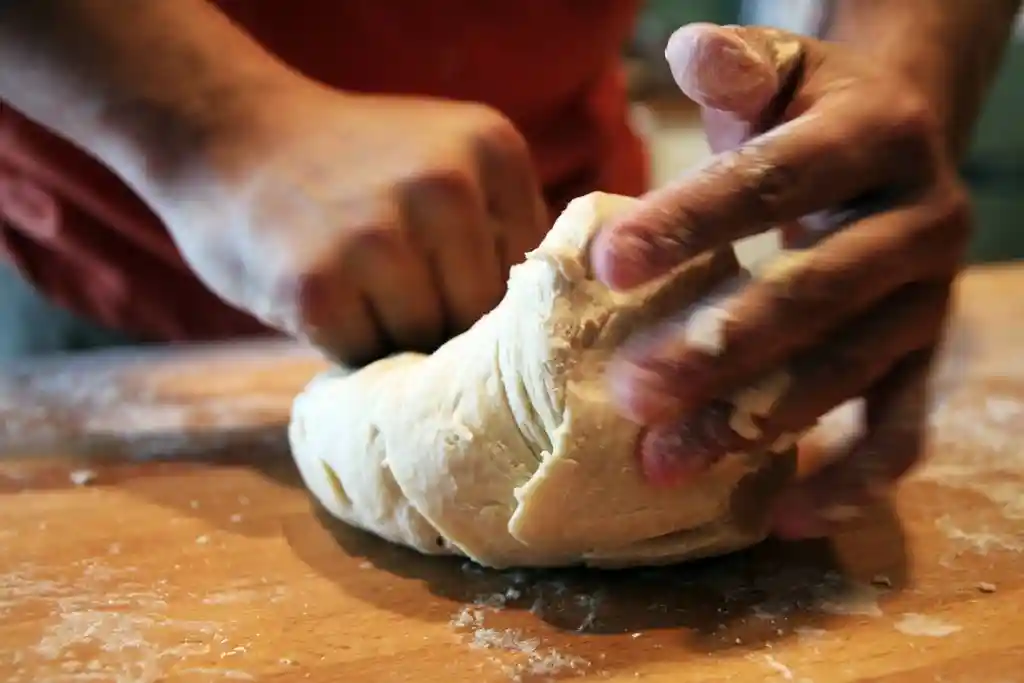
Shaping the Loaf
- Form the Bread: Once risen, punch down the dough to release any air bubbles. Shape it into a loaf or any desired form, preparing it for its final rise before baking.
Second Rise: Ensuring Optimal Volume
- Final Proofing: Place the shaped dough in the baking pan or on a baking sheet. Cover it lightly and let it rise again until nearly doubled. This step is crucial for achieving the bread’s final volume and soft texture.
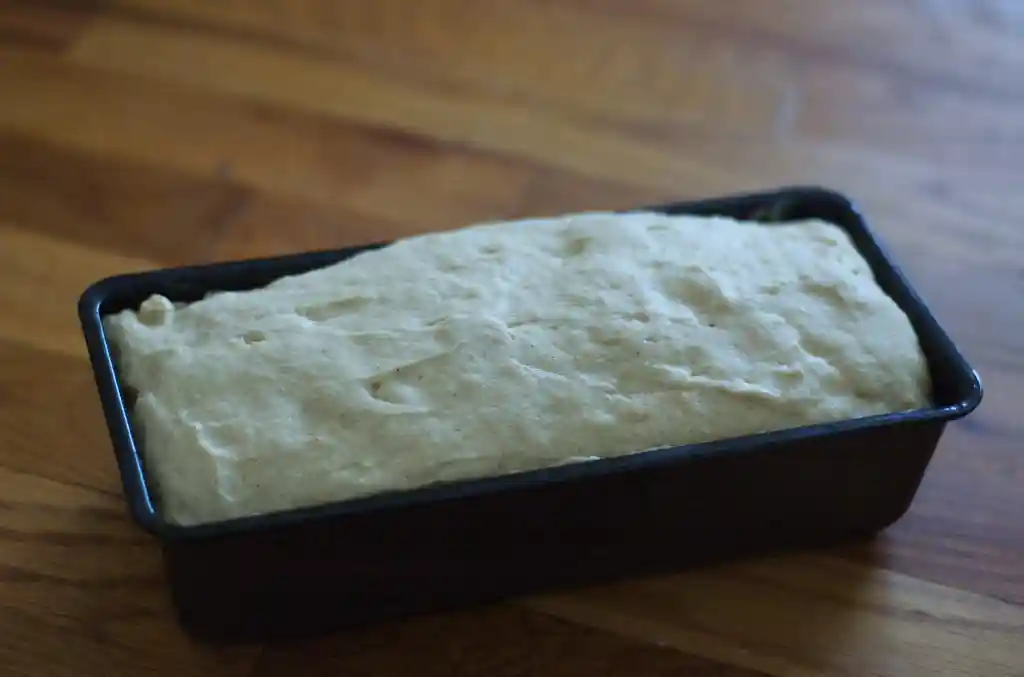
Baking: Temperature and Time for the Perfect Crust
- Preheat and Bake: Preheat your oven to the recommended temperature, usually around 350°F. Bake the bread until it’s golden brown and sounds hollow when tapped, typically between 25 to 35 minutes.
Cooling and Storing Tips
- Cool on a Wire Rack: Remove the bread from the oven and let it cool on a wire rack. This prevents the bottom from becoming soggy.
- Storage: Store the bread in an airtight container to keep it fresh. For longer storage, consider slicing and freezing the bread.
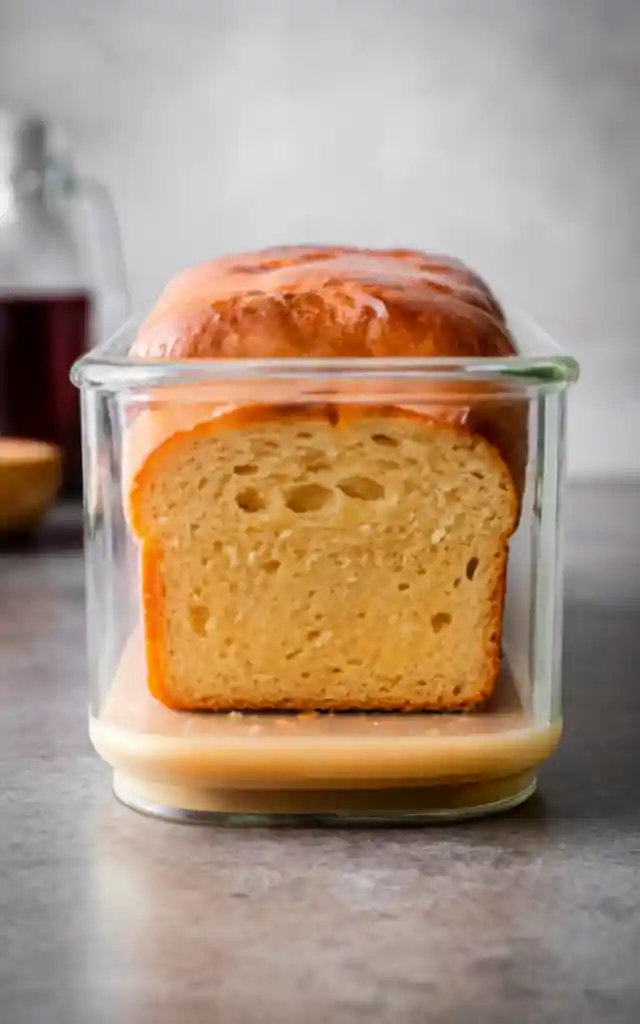
By following these detailed steps, your honey bread recipe will yield a loaf that’s not only delicious but also a testament to the joy of baking from scratch. With each ingredient playing its role and every technique honed through practice, you’ll find that making honey bread is a rewarding experience that fills your home with warmth and your heart with pride.
Variations of Honey Bread Recipe
Exploring variations of the honey bread recipe allows bakers to cater to different tastes and dietary needs. Each variation offers a unique twist on the classic recipe, incorporating different ingredients or techniques to enhance flavor, texture, and nutritional value.
Honey Whole Wheat Bread
- Rich in Fiber: Using whole wheat flour increases the fiber content, making this variation a healthier option.
- Nutty Flavor: The whole wheat adds a nutty depth to the bread’s flavor profile.
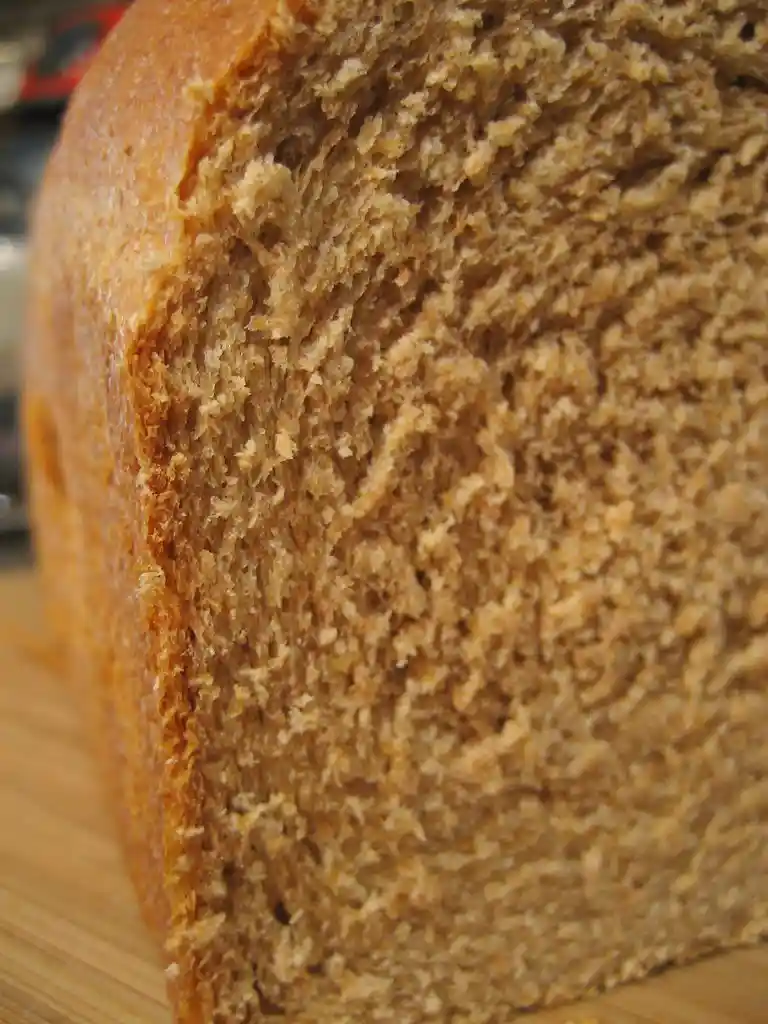
Honey Oat Bread
- Texture and Taste: Adding oats not only provides a lovely texture but also a subtle sweetness that complements the honey.
- Versatility: This version is perfect for both slicing and toasting, making it a versatile addition to any meal.
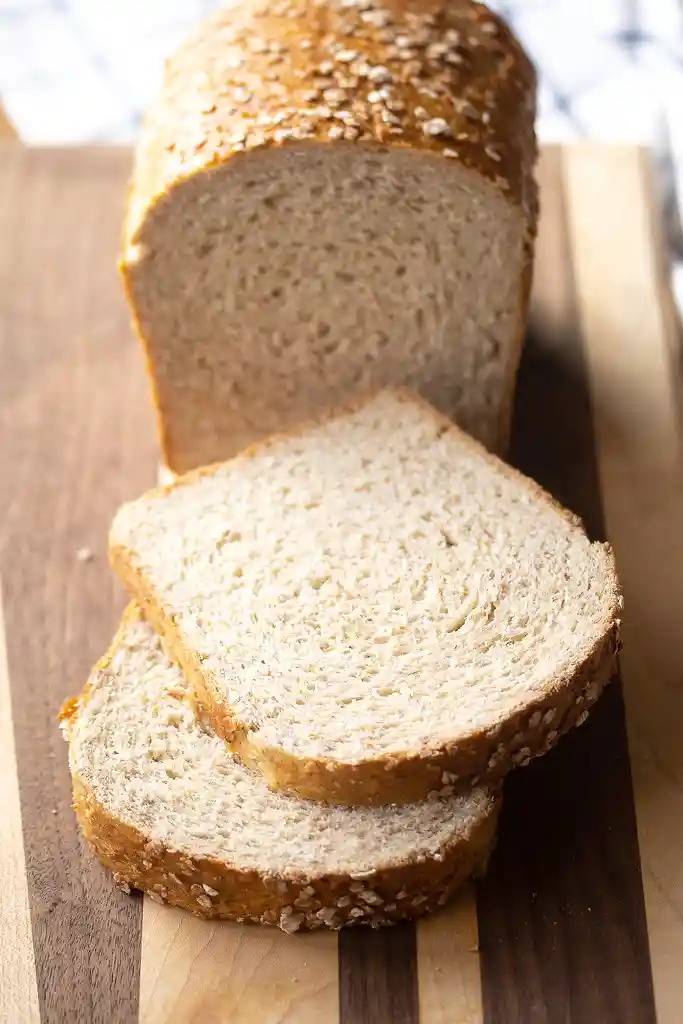
Gluten-Free Honey Bread
- Gluten-Free Flours: A blend of gluten-free flours ensures that those with gluten sensitivities can still enjoy this delicious bread.
- Maintaining Moisture: Honey’s natural moisture-retaining properties are especially beneficial in gluten-free baking, helping to avoid the dryness often associated with gluten-free breads.
Vegan Honey Bread (using alternative sweeteners)
- Alternative Sweeteners: For a vegan version, substituting honey with agave nectar or maple syrup maintains the sweetness while adhering to vegan dietary restrictions.
- Butter Alternatives: Using plant-based butters or oils ensures the recipe remains vegan-friendly.
Incorporating these variations into your baking repertoire not only diversifies your skills but also caters to a wider audience. Whether you’re looking for a healthier option with the whole wheat variation, accommodating dietary restrictions with gluten-free or vegan versions, or simply seeking to experiment with flavors and textures, these variations of the honey bread recipe offer something for everyone.
Moreover, understanding the science behind bread baking can enhance your ability to adapt and innovate within your baking practices. This knowledge empowers you to make informed decisions about ingredient substitutions and adjustments, ensuring successful outcomes regardless of the variation you choose.
For those interested in exploring gluten-free baking further, the guide on Buckwheat Bread Recipe: A Complete Guide to Gluten-Free Baking offers in-depth insights and tips.
Embracing these variations not only showcases the versatility of the honey bread recipe but also reflects the creativity and adaptability of modern baking. Each version invites you to explore new flavors, textures, and nutritional profiles, enriching your baking journey with every loaf.
Baking Tips and Tricks for the Perfect Honey Bread Recipe
Mastering the honey bread recipe involves more than just following the steps; it’s about understanding the nuances that make bread baking both an art and a science. Here, we’ll delve into essential tips and tricks to ensure your honey bread is always soft, flavorful, and irresistibly delicious.
Understanding the Role of Ingredients
- Yeast: The lifeline of any bread, including our honey bread. Ensure it’s fresh to guarantee a good rise.
- Flour: High-quality flour forms the structure. For a tender crumb, bread flour is ideal due to its high protein content.
- Honey: The star ingredient, adding not just sweetness but also moisture, aiding in a softer loaf.
The Science Behind Perfect Honey Bread
- Kneading: Develops gluten, giving the bread its structure and chewiness. Knead until the dough is smooth and elastic.
- Proofing: Allows the dough to rise and develop flavor. A warm, draft-free spot accelerates this process.
- Baking: The right temperature is crucial. Too hot, and the crust forms too quickly, trapping dough inside.
Incorporating these techniques into your baking process will elevate the quality of your honey bread recipe. Additionally, exploring the science behind bread baking can provide deeper insights into why these steps are so crucial, enhancing your understanding and skills.
FAQs Answered with Expertise
- What does honey do to bread? Beyond sweetness, it attracts moisture, ensuring your loaf stays soft longer.
- Can honey replace sugar in bread? Absolutely. Honey not only sweetens but also enriches the bread’s flavor and texture.
- Does yeast activate with honey? Yes, honey’s natural sugars are perfect for activating yeast, contributing to a better rise.
By embracing these baking tips and understanding the underlying science, you’ll not only perfect your honey bread recipe but also enjoy the process of creating something truly special. Remember, baking is as much about the journey as it is about the delicious destination.
FAQs on Honey Bread Recipe
Delving into the honey bread recipe, several questions often arise regarding the use of honey in bread making. Understanding these aspects can significantly enhance your baking experience and the quality of your bread.
What does honey do to bread?
- Moisture Retention: Honey attracts and retains moisture, ensuring that your bread stays softer and fresher for longer.
- Flavor Enhancement: It imparts a subtle sweetness and rich flavor, adding depth to the bread’s overall taste.
- Color Development: Honey aids in achieving a golden-brown crust through the caramelization of its natural sugars during baking.
Can honey replace sugar in bread?
- Yes, with Adjustments: You can substitute sugar with honey in most bread recipes. Use ¾ cup of honey for every 1 cup of sugar, and reduce other liquid ingredients by ¼ cup to balance the moisture.
- Temperature Modification: Lower the baking temperature by 25°F to prevent over-browning, as honey causes the bread to brown more quickly than sugar.
Does yeast activate with honey?
- Effective Activation: Honey’s natural sugars are excellent for activating yeast, providing a quick start to the fermentation process.
- Nutritional Benefits: The vitamins and minerals in honey not only nourish the yeast but also contribute to a more robust rise and flavorful bread.
Why is honey and bread so good?
- Balanced Flavors: Honey’s natural sweetness perfectly complements the savory notes of bread, creating a delightful taste experience.
- Improved Texture: The moisture-retaining properties of honey ensure a tender, soft crumb and a deliciously crisp crust.
Additional Tips for Baking with Honey
- Measure Accurately: Use a lightly oiled measuring cup to ensure the honey slides out easily and is measured accurately.
- Mix Thoroughly: Ensure the honey is evenly distributed throughout the dough for consistent sweetness and texture.
- Experiment with Varieties: Different types of honey can alter the flavor profile of your bread, so feel free to experiment with various kinds to find your favorite.
By addressing these common inquiries, bakers can better understand the role of honey in bread making and how to optimize its use in their recipes. Whether you’re experimenting with a new honey bread recipe or perfecting an old favorite, these insights will help you achieve delicious, satisfying results.
Conclusion
Wrapping up our journey through the honey bread recipe, we’ve explored the nuances that make this bread a beloved treat. From the selection of ingredients to the joy of tasting the final product, every step offers an opportunity to create something truly special.
- Recap of Importance: The unique qualities of honey not only enhance the flavor and texture of the bread but also imbue it with health benefits. Its natural sweetness and moisture-retaining properties make honey an indispensable ingredient in bread baking.
- Encouragement to Experiment: The versatility of the honey bread recipe invites bakers to explore various adaptations. Whether incorporating different types of flour, experimenting with honey varieties, or adjusting the recipe to meet dietary needs, there’s always room for creativity.
- The Joy of Baking: Beyond the technical aspects, baking honey bread is about the warmth and satisfaction that comes from creating something with your own hands. It’s a process that nourishes both the body and soul.
- Sharing the Experience: Honey bread, with its rich flavors and comforting texture, is meant to be shared. It brings people together, making it not just a recipe but a catalyst for gathering and creating memories.
In conclusion, the honey bread recipe is more than just a set of instructions; it’s a gateway to exploring the art of baking. It encourages us to delve into the science of ingredients, the technique of preparation, and the joy of sharing the final product with others. Whether you’re a novice baker or a seasoned professional, the journey of making honey bread is one that promises delight and discovery at every turn.
Print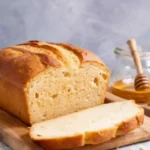
Honey Bread Recipe
- Total Time: 65
Description
Honey bread recipe, a delightful and aromatic staple in many kitchens, combines the sweetness of honey with the comforting texture of freshly baked bread. This introduction explores the allure of honey bread, touching on its history, health benefits, and why it remains a favorite among bakers and food enthusiasts alike.
Ingredients
- 2 cups all-purpose flour
- 1/4 cup sugar
- 1 tablespoon baking powder
- 1/2 teaspoon salt
- 1 cup milk
- 1/4 cup unsalted butter, melted
- 1/4 cup honey, plus more for glazing
- 1 egg
- 1 teaspoon vanilla extract
Instructions
- Preheat your oven to 350°F (175°C) and grease a 9×5-inch loaf pan.
- In a large bowl, whisk together the flour, sugar, baking powder, and salt.
- In another bowl, mix the milk, melted butter, honey, egg, and vanilla extract until well combined.
- Pour the wet ingredients into the dry ingredients and stir until just combined; be careful not to overmix.
- Transfer the batter to the prepared loaf pan and smooth the top with a spatula.
- Bake for 45-50 minutes, or until a toothpick inserted into the center comes out clean.
- Once baked, remove from the oven and while still warm, brush the top with additional honey for a sweet glaze.
- Let the bread cool in the pan for 10 minutes, then transfer to a wire rack to cool completely.
Notes
Kcal: 210 kcal per slice | Servings: 12 slices
- Prep Time: 15
- Cook Time: 50
- Category: Bread
Nutrition
- Calories: 210

